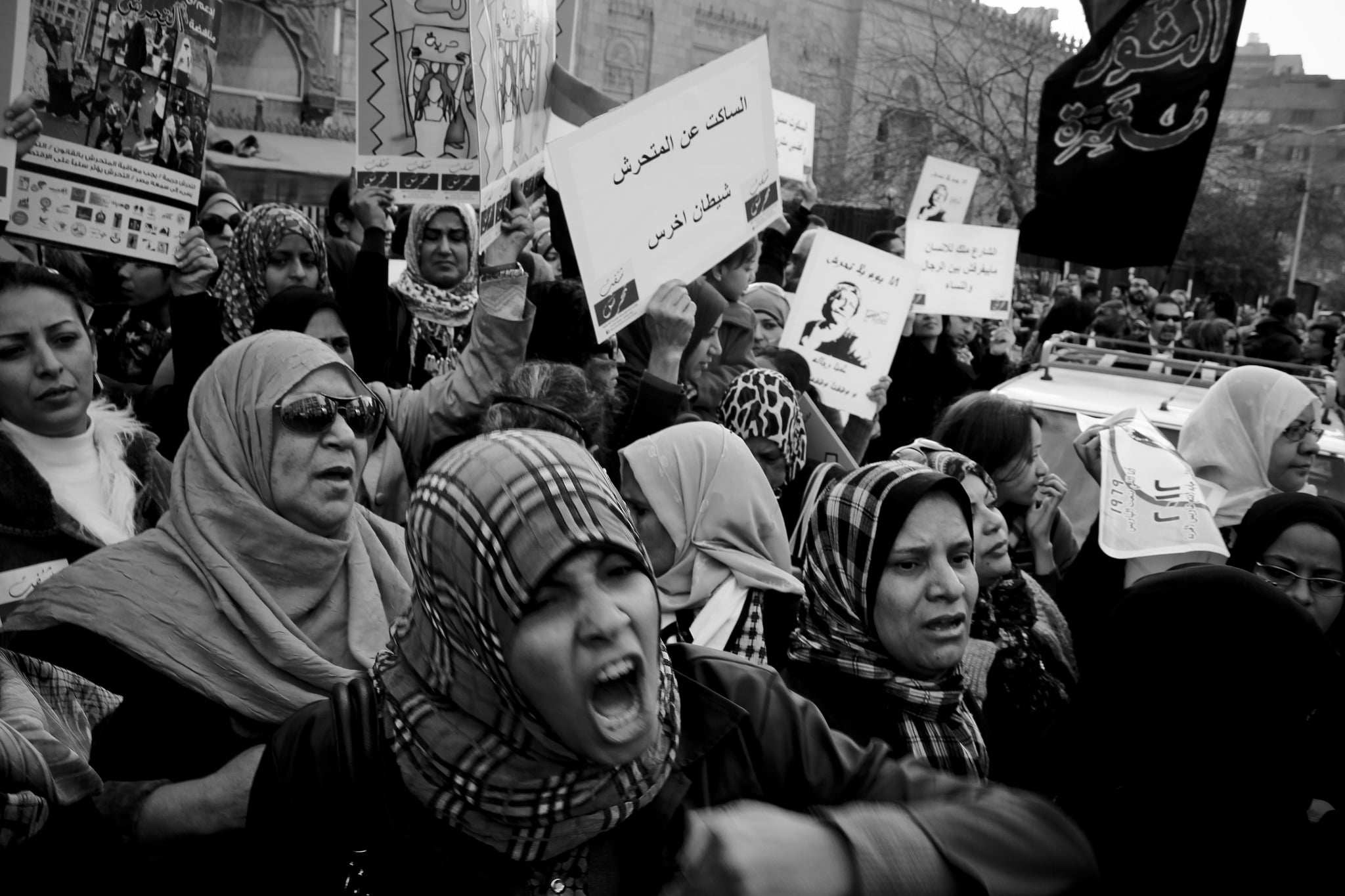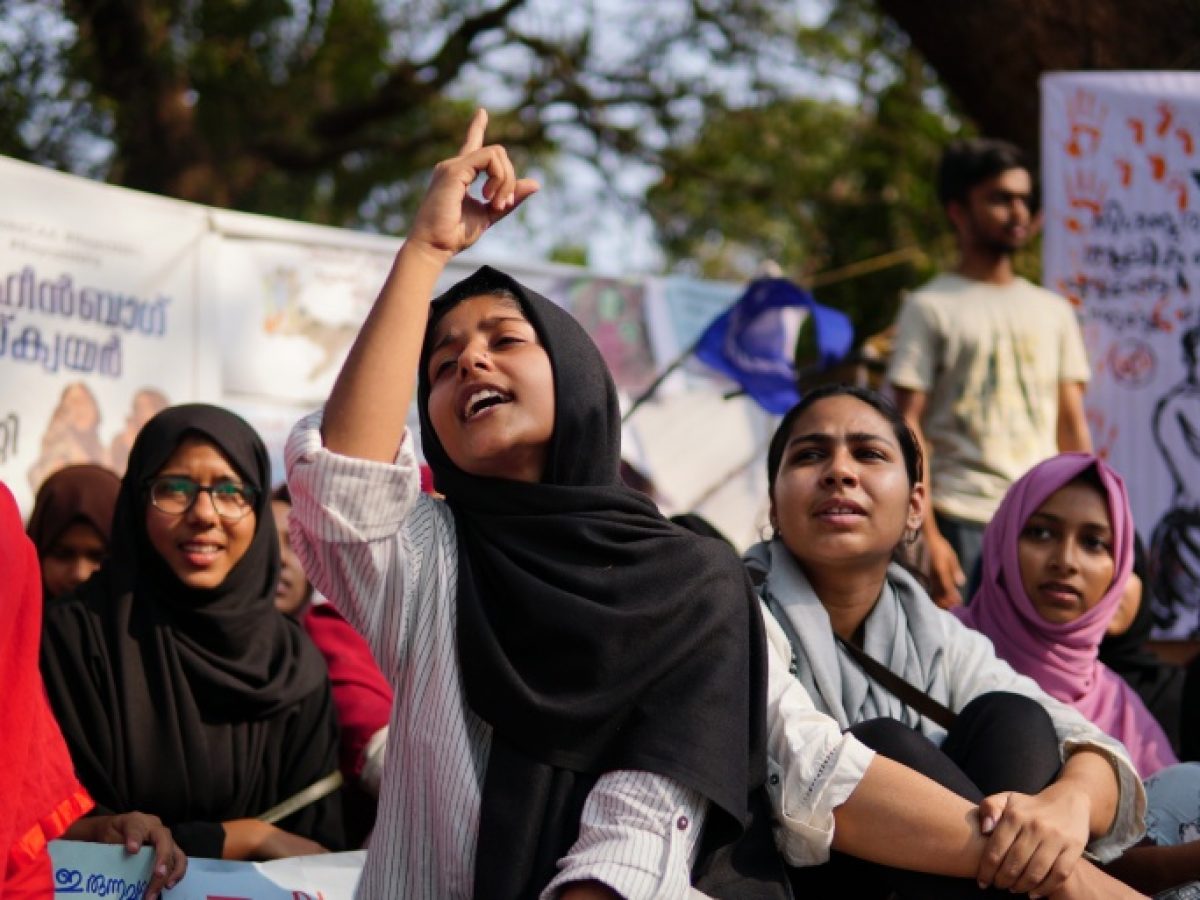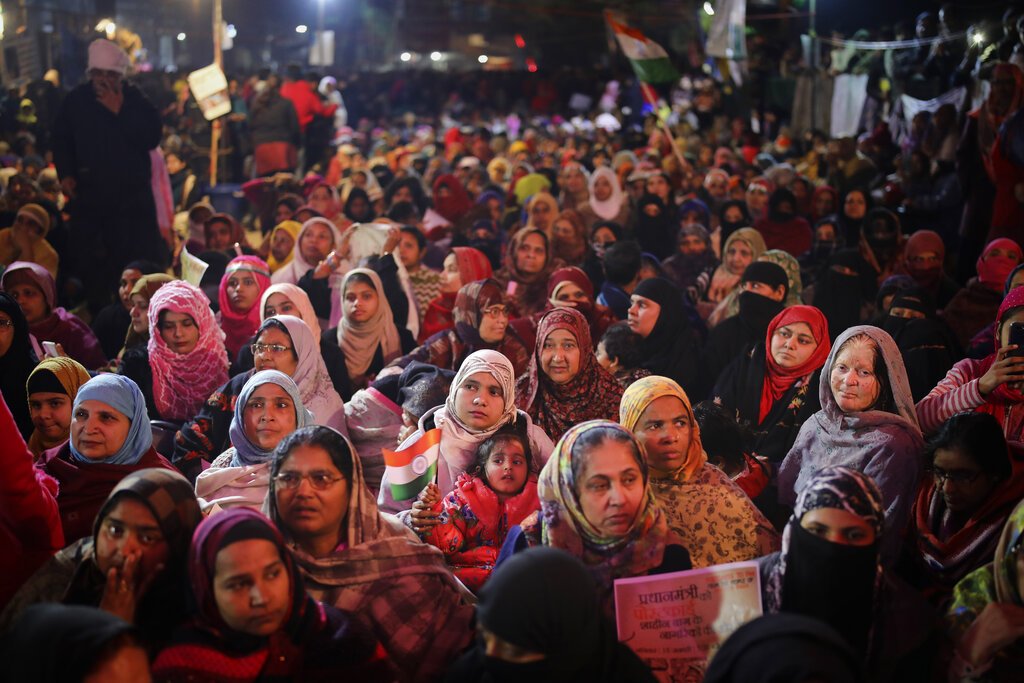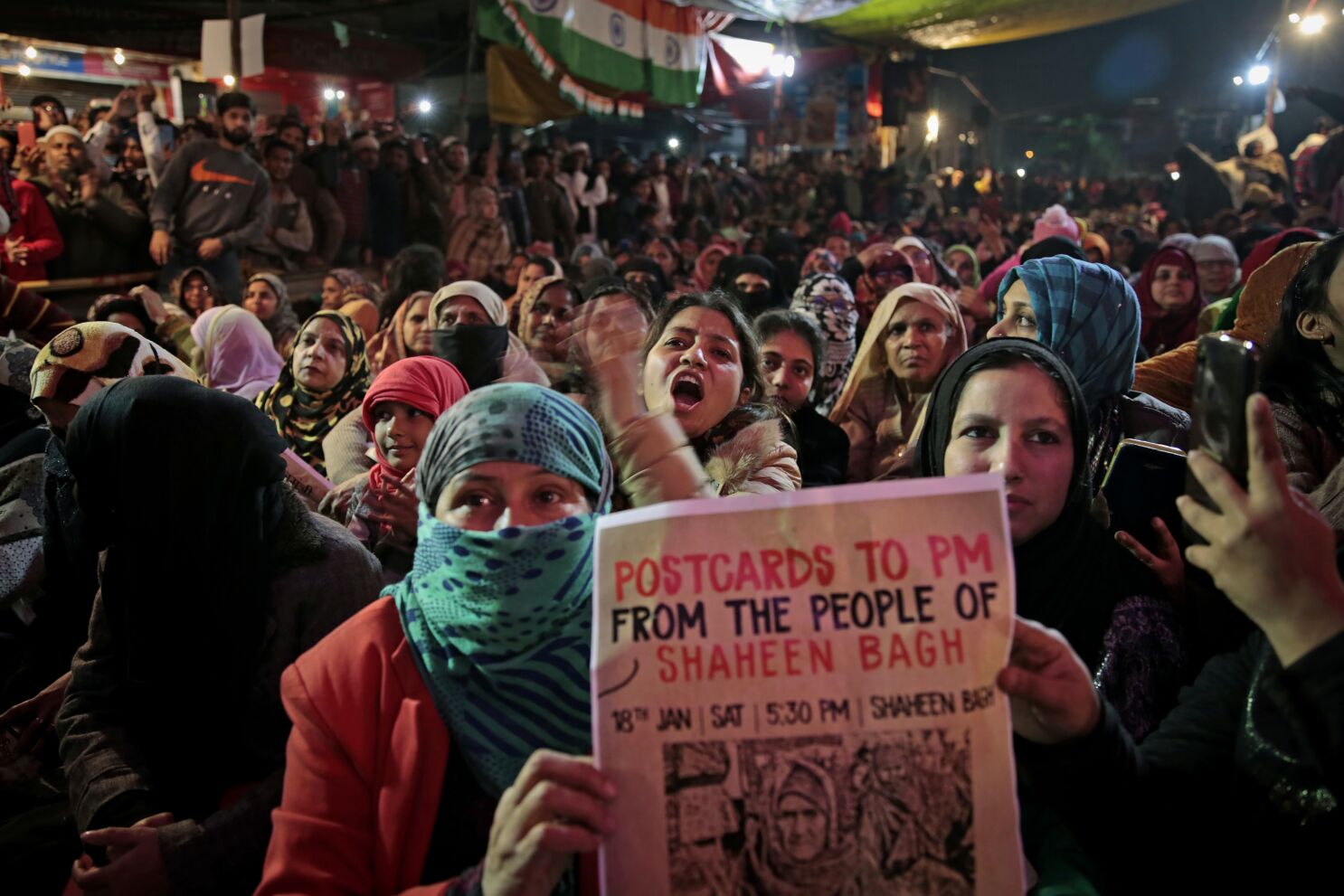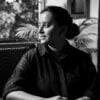‘Do Muslim Women Need Saving?’ asks Lila Abu Lughod. In India, where Muslim women’s expressions of identity have been met with the curtailment of fundamental rights to education across different states, what is the answer to this question? Narratives of ‘saviourism’ trigger a deeply patriarchal complex, disregarding agency of the community and their own visions for liberation. Rather, this article centres futures imagined by young lower-middle class Muslim women who live, work and study in New Delhi and Lucknow.
Narratives of ‘saviourism’ trigger a deeply patriarchal complex, disregarding agency of the community and their own visions for liberation.
Oriented around such a specific sample, we recognise our piece cannot cover the many lived experiences across the country, indeed Indian Muslim women are not a monolith. We, therefore, see this work as a contribution towards a broader need to amplify their diverse hopes and fears in order to transform the present and build a more just future for all.
Agency in the present
‘Agency is the power and azaadi (freedom) through which we can pursue our chahat (desires) and ishq (love)’ says Sadia, an NGO worker. It means ‘making our own decisions – about finances, education, marriage, how we dress, what we eat, who we are friends with and the life we lead’ remarks Aisha, a student at a public college. Yet we observed in all our conversations that ‘jawaab-dehi’ or the pressure to be answerable to family and broader society for these choices often restricts such agency.
Reflecting on events today, Saba, a grassroots organiser, highlights threats to ‘safety and security’, this ‘impacts the choices we make. Is the way we dress going to lead to harassment in the workplace? Will using Urdu vocabulary reveal our community affiliations and put us in danger? Do we always have to prove our worth because we are a minority?’ Furthermore, as Asima, a programme manager at a feminist organisation, tells us, being the recipients of ‘explicit content as well as death and rape threats’ after sharing views on social media leads to an internal conflict: ‘do we stick with our principles or take decisions to safeguard ourselves?’ There is a particular fear for the safety of Muslim men. For Faza, a community worker, the act of sending men outside (‘ghar ke mardon ko bahar bhejna’) has become an ‘everyday difficulty’ due to rising violence by Hindu-nationalist mobs, dwindling trust in the legal system, discrimination at the workplace, and the demolition of homes.
Wearing the hijab is an ‘empowering choice’ for Aisha. Yet, she is met with hate when she shares photos of herself having fun with friends – ‘there are anonymous men on social media platforms telling me what I should or should not do, their misogyny tries to fit me into boxes – people victimise you to another level, they turn on a saviour complex’. Zeenat, a digital educator, also highlights the ‘uncomfortable gazes’ she receives when wearing a hijab or niqab in public; from ‘looks while taking a rickshaw’ to being given ‘unclean water in restaurants’, she is made to experience feelings of ‘chua-chhutt’ (untouchability). As Aisha says, ‘what were once curious stares are now hateful – they are enough to make you want to hide’. It is as though there is a need to be resilient amid this discrimination, ‘I am learning to be stronger though I should not need to be’.
In previous years Sidra, a teacher, and her neighbours would ‘always mark Eid, Holi and Diwali together’. However, as she shared with us, ‘now they don’t even converse with me’, there is ‘no relationship anymore – my children are left without friendship bracelets in school.’ Given all of this, what feels most likely to happen in the future?
Probable futures of Indian Muslim women
‘I can’t see myself in the future,’ says Zeenat, a quote capturing a collective sense among the women we spoke to that the probable future concerns a downward spiral into darker territory. It would be a future that embodies their fears: greater restrictions on mobility, loss of voting rights, less government jobs, fewer judicial and political positions, the crushing of dissent, and emergence of more unchecked mobs. This is a future characterised by a ‘loss of life, agency, and dignity’.
Sadia believes that the probable future will be ‘hazy’ – it will be about ‘hiding our face and our views’, with all preferences being judged – including a Muslim woman’s choice of ‘wearing a bindi and/or a hijab’. Sidra also thinks that ‘Muslim women will lose their agency to dress the way they want and live life on their own terms’. Building on contemporary trends across different states, Faza and Sidra believe that the central government may impose a mutually exclusive choice that attacks the agency of their daughters: legislation that will declare that girls cannot go to school while wearing a hijab.
Aisha believes there will be more stories like those of her friend’s parents who had to change their identity for fear of being visibly Muslim; ‘this should not be happening in a secular democracy’. Recalling the story of her cousin in second standard who felt alienated when Islam was excluded in a class on major global religions, she fears such episodes may become ‘commonplace’. In a likely future, Saba believes that ‘while they will be high on political power and fed hateful propaganda, GenZ from the majority community will continue to be struck by unemployment’. Indeed, in a future where the media fails in its duty to hold the government accountable, all Indians will suffer.
What does resistance look like in such a future? Asima believes it would require ‘intersectional feminist movements’.
What does resistance look like in such a future? Asima believes it would require ‘intersectional feminist movements’. Cutting across caste, class, religious and geographical divides, minority and marginalised communities would need to come together and build coalitions of solidarity for direct action as well as local safe spaces for conversation. In a future where Muslims are systematically targeted and ‘few in the majority community stand up in vocal support for our rights’, Aisha believes the community will have ‘no choice’ but to try and provide for itself at all levels, ‘including education, work, healthcare and housing.’ ‘The doors of once close friends will close on us’ says Asima, anticipating complete isolation. In search of a preferable future, where do we begin?
Desirable futures for Indian Muslim women
Saba emphasises that there is a lot that is desirable but difficult to explore, given Muslim women’s preoccupation with navigating traumatic present-day circumstances in India. Nonetheless, she, like the other women we spoke with, persists in creating space for her imagination to roam freely. It is revealing, however, that often at the forefront of their minds is the desire for the bare minimum, ‘a future which does not violate our fundamental rights’. While the India of years gone by was imperfect, ‘we have experienced a significant turn for the worst since 2014, with much being lost’.
Saba expresses a desire for her mind to not be perpetually preoccupied with politics, a future where she can travel without the constant fear of something going wrong and where she can be assured that her family and friends will remain safe. ‘This world would allow us to breathe freely’ she adds. She dreams of an Indian future where Muslim women can ‘walk freely on the streets, visit sunflower fields, have tea in public spaces, and not be subjected to unwarranted stares’. She dreams of a world that aligns with all her wishes and choices, where she can ‘be with artisans and promote beautiful art, make pottery, or have open-air baths’.
Aisha maintains a dream of one day establishing a political party with her friends, fostering a ‘more inclusive society and providing representation for minority communities’. Both these young Indian Muslim women also long for the ‘freedom to choose their partner’ and explore their own sexuality. Indeed, ‘why the nosiness? Why do we police women’s bodies?’ That such questions need articulating is a cause for frustration, with oppression disrupting their dreams of leisure. As Saba says, ‘why can’t we all have fun and just chill?’
Those who engage in violence and spread propaganda against Muslims have ‘forgotten their own dreams and aspirations in life’, failing to question the ‘government’s inability to provide them with jobs’ or demand ‘better education and healthcare’.
Evident across our conversations was hope of better futures for the hateful too. Those who engage in violence and spread propaganda against Muslims have ‘forgotten their own dreams and aspirations in life’, failing to question the ‘government’s inability to provide them with jobs’ or demand ‘better education and healthcare’. Yet, the women we spoke to dream of a future where all Indians have agency and flourish together, one where no doubt is cast on their identities as Muslims.
What happens now?
Our conversations with young lower-middle class Muslim women in New Delhi and Lucknow illustrate stark differences between probable and preferable imaginaries of agency. While just a sample, what is evident through our conversations is that these women need no ‘saviours’, they are in fact agents for collective liberation. Taking inspiration from the women of Shaheen Bagh who mobilised in opposition to the discriminatory citizenship amendment act, today these women are calling on all Indians to nurture ‘solidarity’, generate ‘collective power’, and ‘take to the streets’. Indeed, ‘individually we cannot transform the future, but together we can’. While India promises unity in diversity, the stories of these Muslim women prove that this is a vision yet to be realised.
*Disclaimer: Names of interviewees have been changed to protect the identity of individuals involved*
